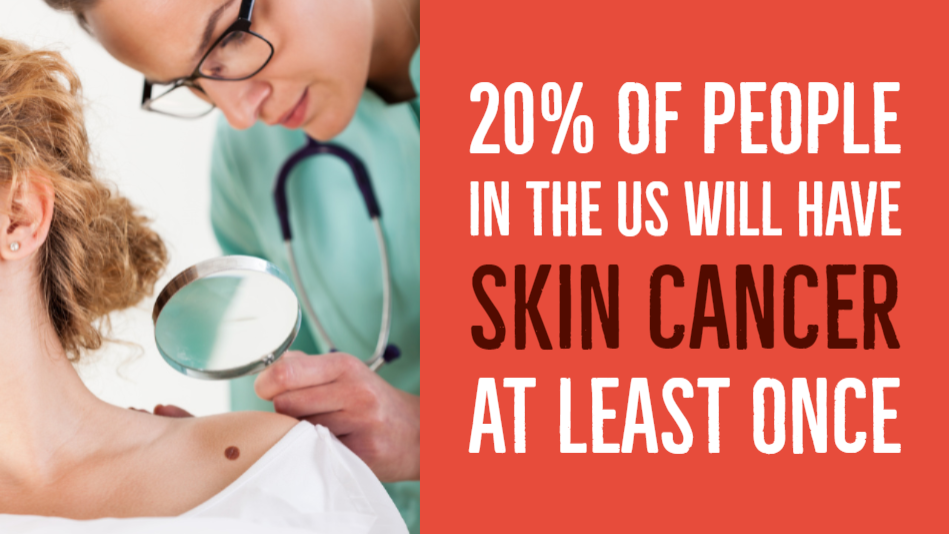
- Asymmetry: Asymmetrical moles or birthmarks could be caused by abnormal (possibly cancerous) cells. If one part of your mole doesn’t match the rest of it, you’ll want to see a dermatology specialist.
- Border: The edges of your mole should be smooth and consistent. If you notice that they are irregular, ragged, notched, or blurred, you may be dealing with melanoma.
- Color: Moles don’t just come in one color, so the key to this indicator is that the color is consistent. You may see shades of brown or black, sometimes with patches of pink, red, white, or even blue.
- Diameter: Large spots are cause for concern. If your mole is larger than one-quarter inch across (which is about the size of a pencil eraser), you should get it examined by a professional. However, it’s important to note that melanomas can sometimes be smaller than this; this is why the other indicators are so crucial.
- Evolving: Moles and birthmarks aren’t supposed to change in appearance. Because you were born with them, they should remain the same throughout your life. If you begin to notice that yours is changing in size, shape, or color, it’s time to make an appointment.
Fortunately, the treatment for abnormal/precancerous moles is quite straightforward — your dermatologist will be able to remove the entire pigmented area in a quick, outpatient visit. However, just as with all types of cancer, the earlier it’s caught, the better; it’s important that you contact a dermatology specialist if you’re unsure. If you’ve got a mole you’re concerned about, call and make an appointment at a dermatology center as soon as possible.
